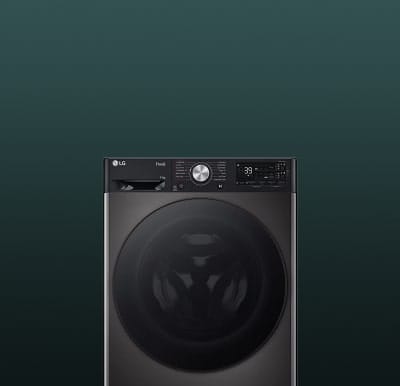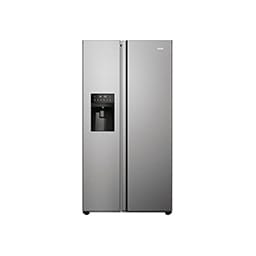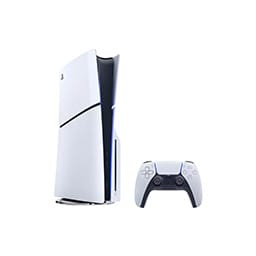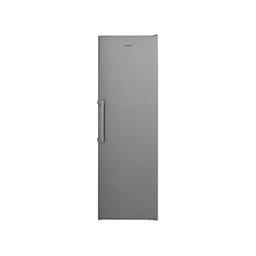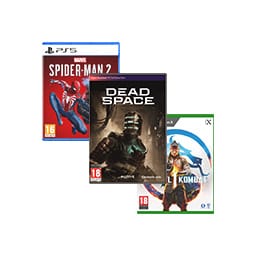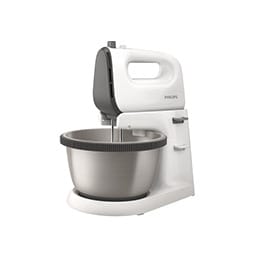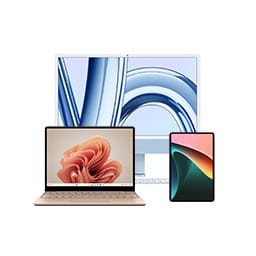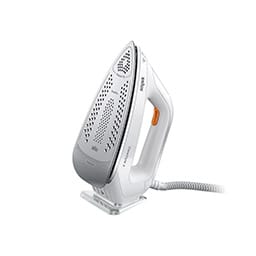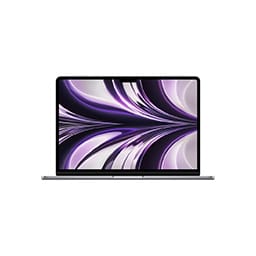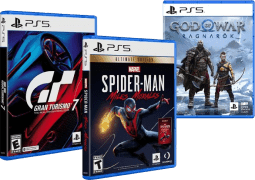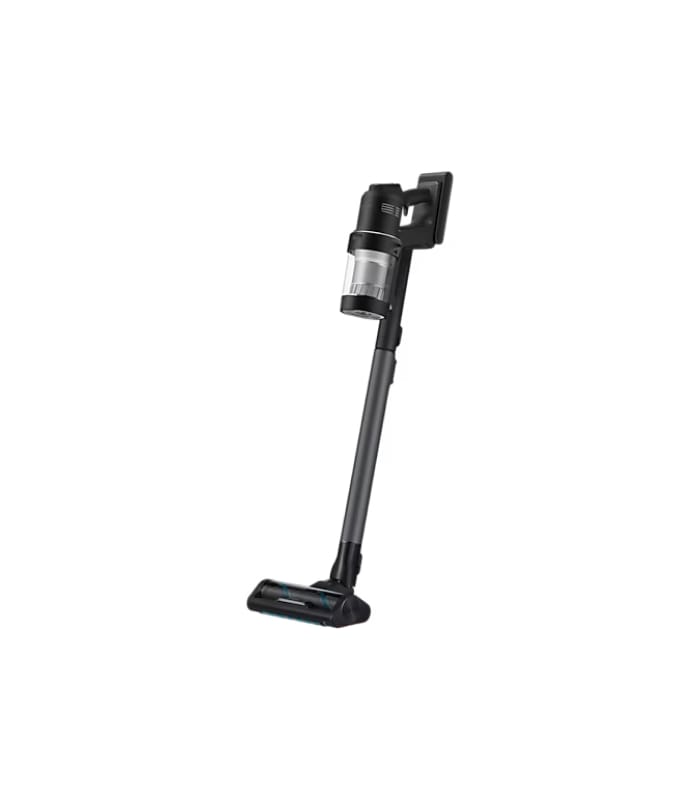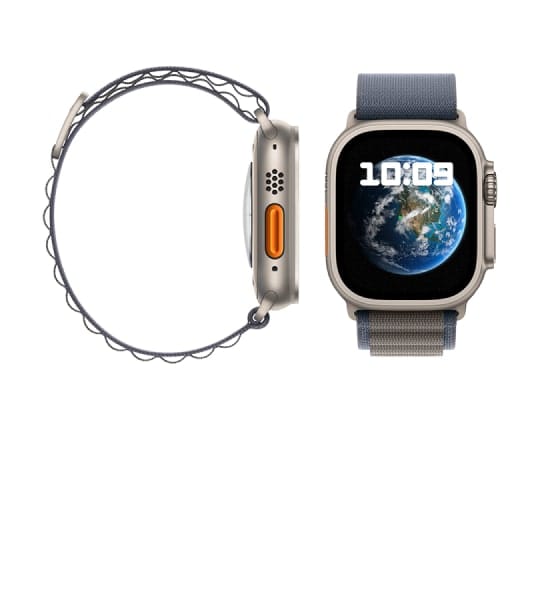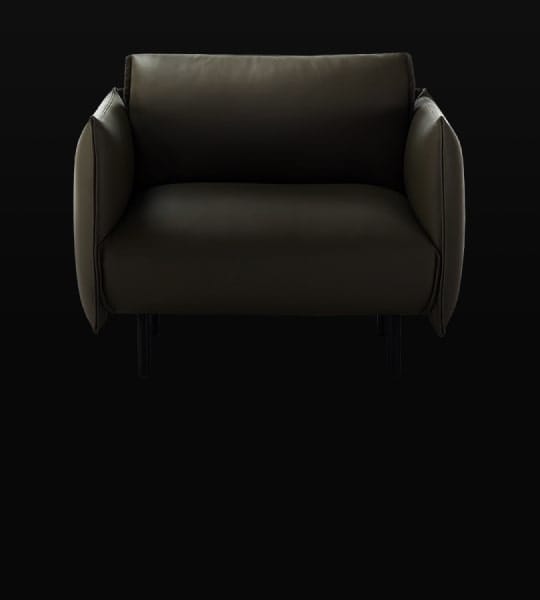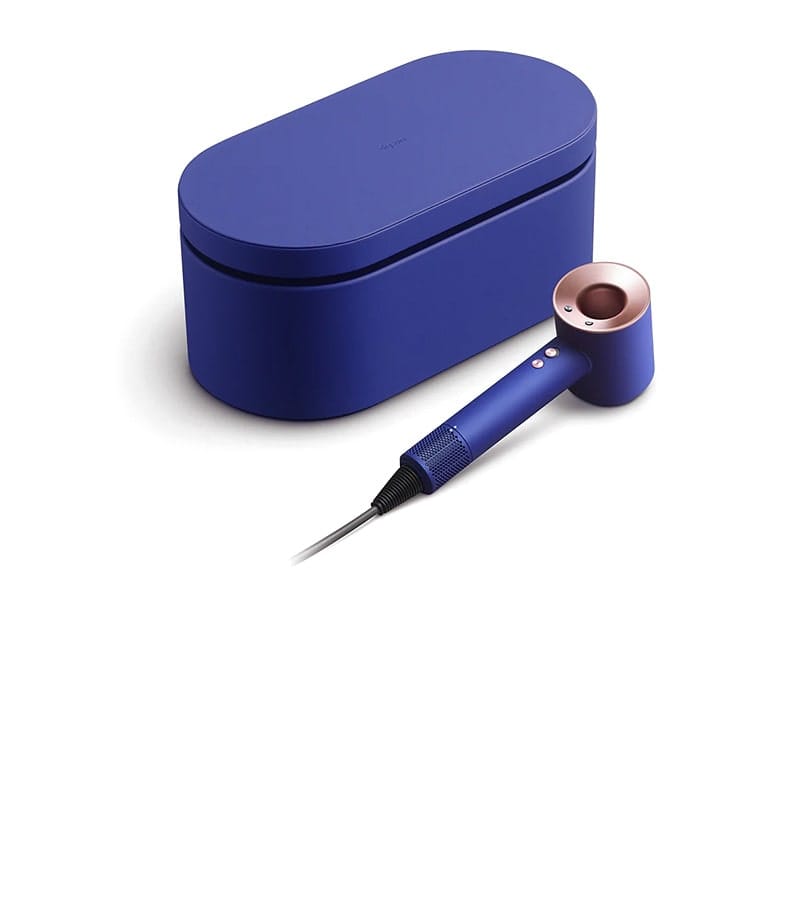Best pick of the week
Apple MacBook Air 13” M1
₩1,213,000Oculus Quest 2
PlayStation 5
₩1,102,800SMEG FAB10HRBL5
₩1,378,500WELCOM TO Techlifeworld.com
Fast, Free Shipping
On order over $50
Next Day Delivery
Free – spend over $99
60-Day Free Returns
All shipping methods
Expert Customer Service
Choose chat or call us
Exclusive Brands
More exclusive products
Alby Urbanears
Get ready to impressive sound


Last articles
Latest products
Featured products
Enduring Hope in a Dying World


Top 100 appliances
“Rugged Adventure Awaits”
₩116,300
😀 Gaming Monitor, Wireless Headphones, Portable Speaker, Smartwatch, Laptop Deals, Security Camera, Robot Vacuum, Power Bank, Drone, Tablet, Air Fryer, Coffee Machine, Blender, Electric Kettle, Stand Mixer, Slow Cooker, Air Purifier, Heated Blanket, Humidifier, Storage Containers, Winter Jacket, Hoodies, Sweatpants, Boots, Slippers, Scarves, Beanies, Activewear, Tracksuits, Jeans, Vitamin C Serum, Collagen Powder, Protein Powder, Electric Toothbrush, Hair Dryer, Hair Straightener, Skincare Sets, Massage Gun, Blood Pressure Monitor, Hand Sanitizer, Yoga Mat, Dumbbell Set, Resistance Bands, Camping Tent, Sleeping Bag, Hiking Boots, Water Bottle, Fitness Tracker, Bike Trainer, Backpack, Bestselling Novels, Kindle Paperwhite, Biographies, Cookbooks, Self-help Books, Graphic Novels, Board Games, PS5 Games, Nintendo Switch Games, DVD Box Sets, LEGO Sets, Action Figures, Educational Toys, Puzzles, Kids Bikes, Baby Toys, Outdoor Toys, Remote Control Car, Plush Toys, Building Blocks, Dog Food, Cat Food, Pet Bed, Cat Tree, Dog Treats, Pet Grooming, Litter Box, Pet Toys, Flea Treatment, Pet Carrier, Cordless Drill, Tool Box, Pressure Washer, Ladder, Sander, Paint Rollers, Work Gloves, Screwdriver Set, Measuring Tape, Utility Knife, Nappies, Baby Wipes, Baby Monitor, Stroller, Car Seat, Baby Formula, Baby Clothing, High Chair, Baby Carrier, Diaper Bag
Gaming Monitor, Wireless Headphones, Portable Speaker, Smartwatch, Laptop Deals, Security Camera, Robot Vacuum, Power Bank, Drone, Tablet, Air Fryer, Coffee Machine, Blender, Electric Kettle, Stand Mixer, Slow Cooker, Air Purifier, Heated Blanket, Humidifier, Storage Containers, Winter Jacket, Hoodies, Sweatpants, Boots, Slippers, Scarves, Beanies, Activewear, Tracksuits, Jeans, Vitamin C Serum, Collagen Powder, Protein Powder, Electric Toothbrush, Hair Dryer, Hair Straightener, Skincare Sets, Massage Gun, Blood Pressure Monitor, Hand Sanitizer, Yoga Mat, Dumbbell Set, Resistance Bands, Camping Tent, Sleeping Bag, Hiking Boots, Water Bottle, Fitness Tracker, Bike Trainer, Backpack, Bestselling Novels, Kindle Paperwhite, Biographies, Cookbooks, Self-help Books, Graphic Novels, Board Games, PS5 Games, Nintendo Switch Games, DVD Box Sets, LEGO Sets, Action Figures, Educational Toys, Puzzles, Kids Bikes, Baby Toys, Outdoor Toys, Remote Control Car, Plush Toys, Building Blocks, Dog Food, 😀 Cat Food, Pet Bed, Cat Tree, Dog Treats, Pet Grooming, Litter Box, Pet Toys, Flea Treatment, Pet Carrier, Cordless Drill, Tool Box, Pressure Washer, Ladder, Sander, Paint Rollers, Work Gloves, Screwdriver Set, Measuring Tape, Utility Knife, Nappies, Baby Wipes, Baby Monitor, Stroller, Car Seat, Baby Formula, Baby Clothing, High Chair, Baby Carrier, Diaper Bag
😀 Gaming Monitor, Wireless Headphones, Portable Speaker, Smartwatch, Laptop Deals, Security Camera, Robot Vacuum, Power Bank, Drone, Tablet, Air Fryer, Coffee Machine, Blender, Electric Kettle, Stand Mixer, Slow Cooker, Air Purifier, Heated Blanket, Humidifier, Storage Containers, Winter Jacket, Hoodies, Sweatpants, Boots, Slippers, Scarves, Beanies, Activewear, Tracksuits, Jeans, Vitamin C Serum, Collagen Powder, Protein Powder, Electric Toothbrush, Hair Dryer, Hair Straightener, Skincare Sets, Massage Gun, Blood Pressure Monitor, Hand Sanitizer, Yoga Mat, Dumbbell Set, Resistance Bands, Camping Tent, Sleeping Bag, Hiking Boots, Water Bottle, Fitness Tracker, Bike Trainer, Backpack, Bestselling Novels, Kindle Paperwhite, Biographies, Cookbooks, Self-help Books, Graphic Novels, Board Games, PS5 Games, Nintendo Switch Games, DVD Box Sets, LEGO Sets, Action Figures, Educational Toys, Puzzles, Kids Bikes, Baby Toys, Outdoor Toys, Remote Control Car, Plush Toys, Building Blocks, Dog Food, Cat Food, Pet Bed, Cat Tree, Dog Treats, Pet Grooming, Litter Box, Pet Toys, Flea Treatment, Pet Carrier, Cordless Drill, Tool Box, Pressure Washer, Ladder, Sander, Paint Rollers, Work Gloves, Screwdriver Set, Measuring Tape, Utility Knife, Nappies, Baby Wipes, Baby Monitor, Stroller, Car Seat, Baby Formula, Baby Clothing, High Chair, Baby Carrier, Diaper Bag
Gaming Monitor, Wireless Headphones, Portable Speaker, Smartwatch, Laptop Deals, Security Camera, Robot Vacuum, Power Bank, Drone, Tablet, Air Fryer, Coffee Machine, Blender, Electric Kettle, Stand Mixer, Slow Cooker, Air Purifier, Heated Blanket, Humidifier, Storage Containers, Winter Jacket, Hoodies, Sweatpants, Boots, Slippers, Scarves, Beanies, Activewear, Tracksuits, Jeans, Vitamin C Serum, Collagen Powder, Protein Powder, Electric Toothbrush, Hair Dryer, Hair Straightener, Skincare Sets, Massage Gun, Blood Pressure Monitor, Hand Sanitizer, Yoga Mat, Dumbbell Set, Resistance Bands, Camping Tent, Sleeping Bag, Hiking Boots, Water Bottle, Fitness Tracker, Bike Trainer, Backpack, Bestselling Novels, Kindle Paperwhite, Biographies, Cookbooks, Self-help Books, Graphic Novels, Board Games, PS5 Games, Nintendo Switch Games, DVD Box Sets, LEGO Sets, Action Figures, Educational Toys, Puzzles, Kids Bikes, Baby Toys, Outdoor Toys, Remote Control Car, Plush Toys, Building Blocks, Dog Food, 😀 Cat Food, Pet Bed, Cat Tree, Dog Treats, Pet Grooming, Litter Box, Pet Toys, Flea Treatment, Pet Carrier, Cordless Drill, Tool Box, Pressure Washer, Ladder, Sander, Paint Rollers, Work Gloves, Screwdriver Set, Measuring Tape, Utility Knife, Nappies, Baby Wipes, Baby Monitor, Stroller, Car Seat, Baby Formula, Baby Clothing, High Chair, Baby Carrier, Diaper Bag
More recommended products
Zyliss AquaSpin: Effortless Salad Prep with Innovative Design
Boncare 10-Second Digital Thermometer: Fast, Accurate, and FSA/HSA Eligible for All Ages
Load more products
Loading...

















